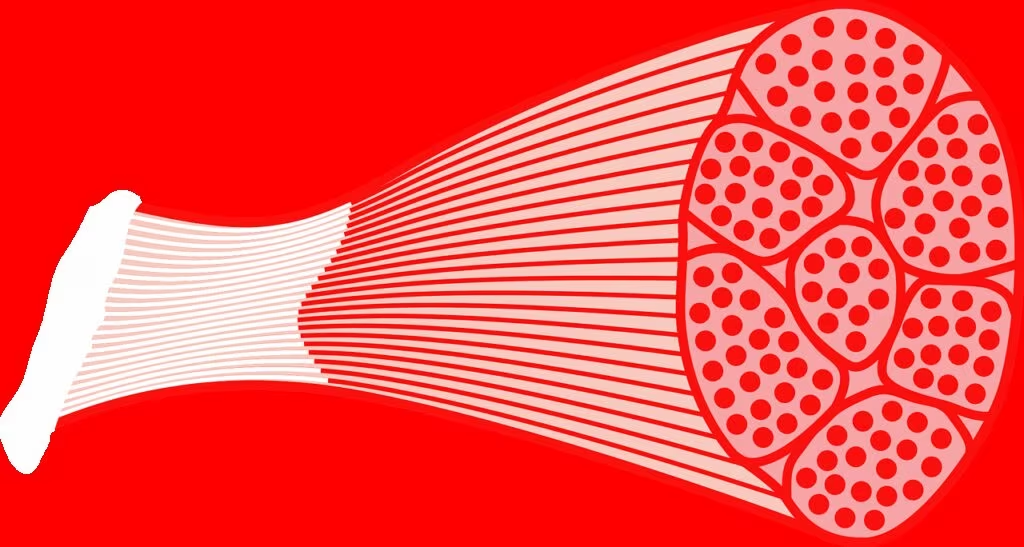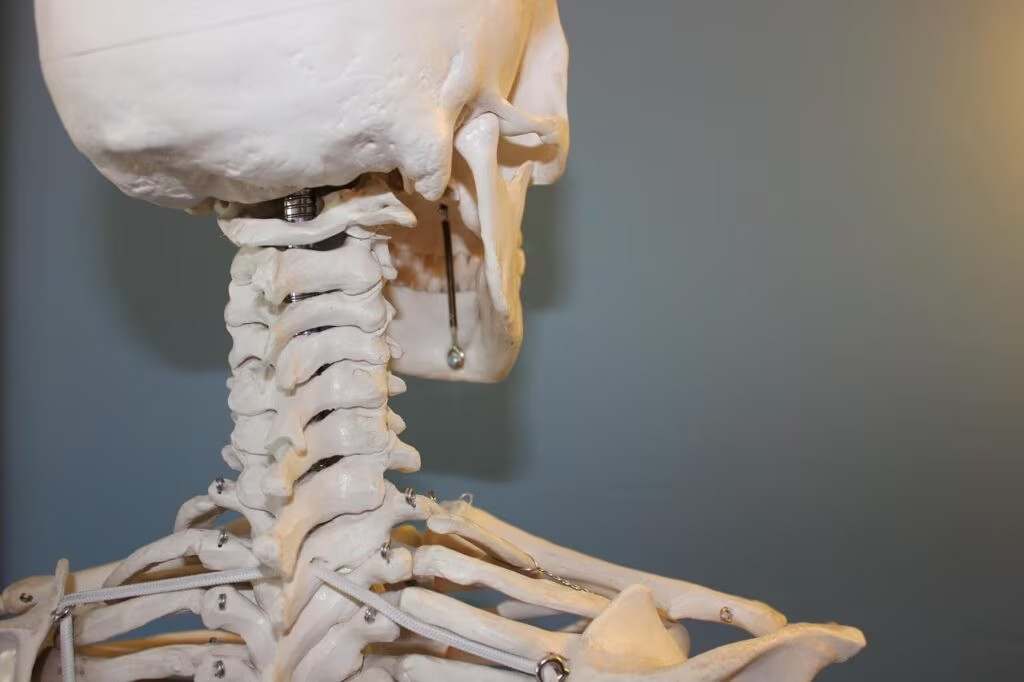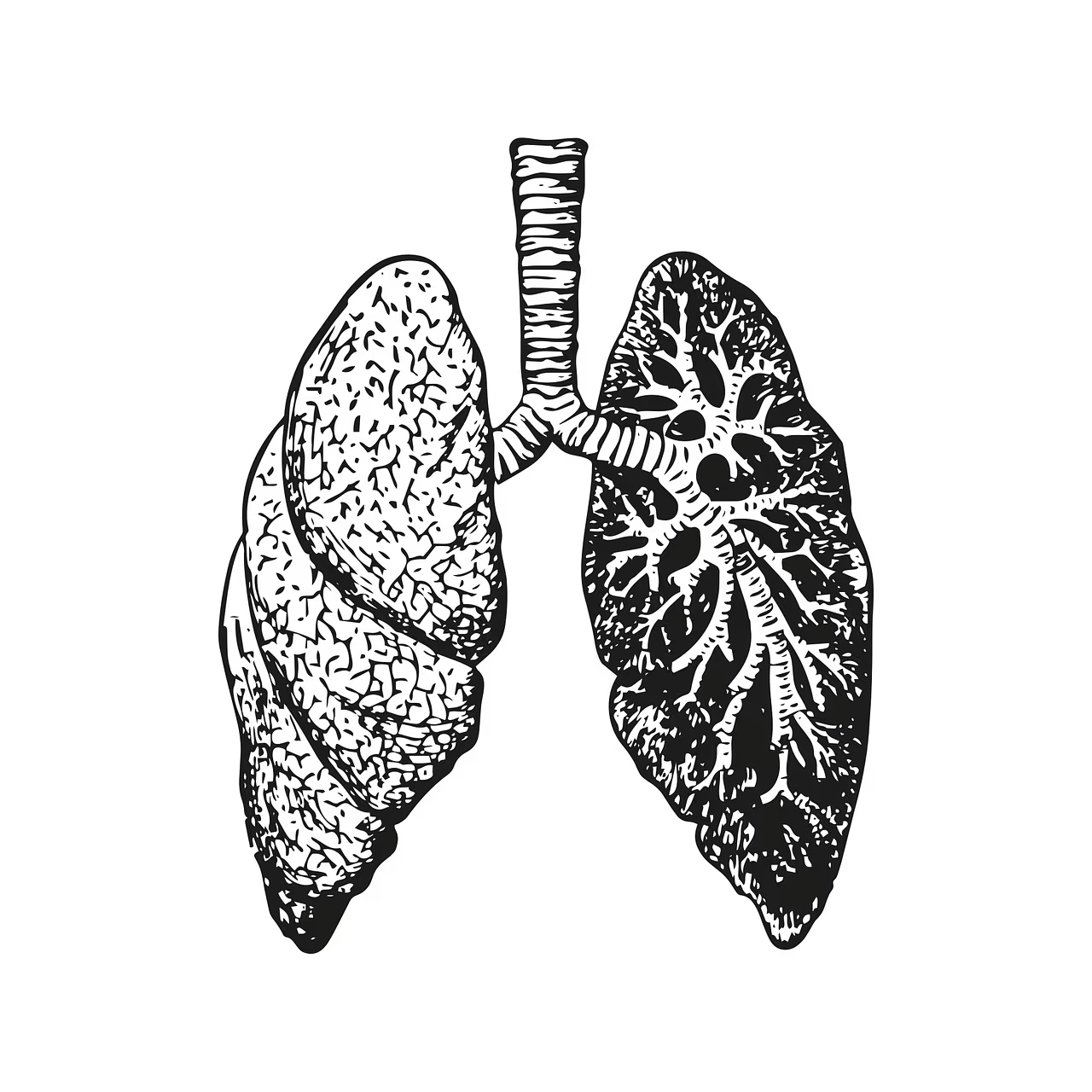Beyond Appearance: Why Teeth Are Not Part of the Skeletal System
At first glance, the similarities between teeth and bones are striking: both are hard, white, and rich in the mineral calcium. This superficial resemblance often leads to the common misconception that teeth are simply specialized bones. However, from a biological and anatomical perspective, teeth are fundamentally distinct from the osseous tissue that forms the human skeleton. They differ critically in composition, internal structure, and, most importantly, their capacity for self-repair and regeneration.
This distinction is crucial for understanding human anatomy and dental health, explaining why a broken arm heals itself, but a chipped tooth requires professional intervention.

The Crucial Difference: Living Tissue and Regeneration
The most significant biological difference between bones and teeth lies in their ability to remodel and heal. Bones are dynamic, living organs that are constantly undergoing a process called remodeling.
Bone Remodeling
Bones are composed of osseous tissue, which contains specialized cells that allow for continuous renewal:
- Osteoblasts: Cells responsible for building new bone tissue.
- Osteoclasts: Cells that break down old bone tissue.
This continuous cycle allows the skeleton to adapt to stress, maintain mineral balance, and, most notably, heal completely after a fracture. Bones are highly vascularized, meaning they have an extensive network of blood vessels that supply the necessary nutrients and cells for this repair process.
The Static Nature of Teeth
Teeth, conversely, are largely static structures. While the inner layer of the tooth, the dentin, can produce secondary or tertiary dentin in response to trauma or decay, the outer layer—the enamel—is acellular and cannot regenerate once damaged.
Enamel, the hardest substance in the human body, is formed during development and lacks the living cells (like osteoblasts) necessary for repair. Once a cavity or chip penetrates the enamel, the structure is permanently compromised and requires filling or restoration by a dentist. This lack of comprehensive self-repair is the primary reason teeth are excluded from the definition of bone tissue.
Compositional Breakdown: Enamel vs. Osseous Tissue
While both teeth and bones rely on the mineral hydroxyapatite for hardness, the specific arrangement and ratio of organic and inorganic material are distinct.
Bone Composition
Bone tissue is approximately 70% inorganic mineral (hydroxyapatite) and 30% organic material, primarily collagen. This collagen framework provides flexibility and tensile strength, preventing the bone from being overly brittle.
Tooth Composition
Teeth are structured in three main layers, each with a unique composition:
- Enamel (Crown): The outermost layer, covering the visible part of the tooth. It is the most mineralized substance in the body, consisting of up to 96% inorganic material. This extreme hardness makes it resistant to wear but also incapable of cellular repair.
- Dentin (Underneath Enamel): This layer is similar to bone, containing about 70% mineral and 30% organic material. It is harder than bone but less mineralized than enamel. Dentin contains microscopic tubules that connect to the pulp.
- Cementum (Root): A bone-like tissue covering the root surface, anchoring the tooth to the jawbone via the periodontal ligaments.

The Role of Marrow and Internal Structure
Another defining characteristic of bone is the presence of bone marrow, a soft, spongy tissue found in the center of most large bones. Bone marrow is vital for the body, as it is responsible for hematopoiesis—the production of blood cells (red blood cells, white blood cells, and platelets).
Teeth, while containing a central cavity, do not contain bone marrow. Instead, the center of the tooth houses the pulp, a soft tissue containing nerves, connective tissue, and blood vessels. The pulp’s primary function is to provide sensation and nourishment to the dentin, not to produce blood cells.
Structural Comparison
To summarize the key structural and functional differences, consider the following comparison:
| Feature | Bone (Osseous Tissue) | Tooth (Dental Tissue) |
|---|---|---|
| Primary Composition | Osseous tissue, collagen, hydroxyapatite | Enamel, Dentin, Cementum, Pulp |
| Marrow Present | Yes (Hematopoiesis) | No (Contains Pulp) |
| Vascularity | Highly vascularized (extensive blood supply) | Vascularized only in the central Pulp |
| Capacity for Repair | High (Continuous remodeling by osteoblasts/clasts) | Low (Enamel cannot regenerate; Dentin has limited repair) |
| Outer Covering | Periosteum (living membrane) | Enamel (non-living mineral layer) |
The Dental Structure: A Closer Look
While teeth are not bones, they are integral to the skeletal system in terms of function and attachment. The cementum and the periodontal ligaments are specialized tissues that connect the tooth root to the alveolar bone of the jaw. This attachment allows the teeth to withstand the enormous forces generated during chewing.
Teeth are classified as dermal structures—appendages of the skin, much like hair and nails—that evolved to serve a specific mechanical purpose: mastication (chewing). They are anchored within the skeletal system but are not themselves part of the skeleton’s load-bearing, blood-producing, or mineral-storage functions in the same way true bones are.
Key Takeaways
Understanding the distinction between teeth and bones is essential for appreciating the complexity of human biology and the need for specialized dental care. The primary reasons teeth are not bones are rooted in their cellular structure and regenerative capacity:
- Lack of Remodeling: Bones constantly rebuild themselves using osteoblasts and osteoclasts; teeth lack this dynamic cellular mechanism, especially in the protective enamel layer.
- No Marrow: Bones contain marrow for blood production; teeth contain only pulp for sensation and nourishment.
- Extreme Mineralization: Enamel is 96% mineral, making it the hardest substance in the body, but also non-living and unable to heal.
In short, while they share mineral content and hardness, bones are dynamic, self-healing organs, whereas teeth are highly specialized, mostly static tools designed for durability and mechanical function.
Original author: Marilyn Perkins
Originally published: October 29, 2025
Editorial note: Our team reviewed and enhanced this coverage with AI-assisted tools and human editing to add helpful context while preserving verified facts and quotations from the original source.
We encourage you to consult the publisher above for the complete report and to reach out if you spot inaccuracies or compliance concerns.

